ENVOY: An AI assistant for Reservoir Simulation
Generative AI is poised to play a significant role in Reservoir Engineering workflows.
Generative AI is poised to play a significant role in Reservoir Engineering workflows.
Posted in: ECHELON Software SRT AI
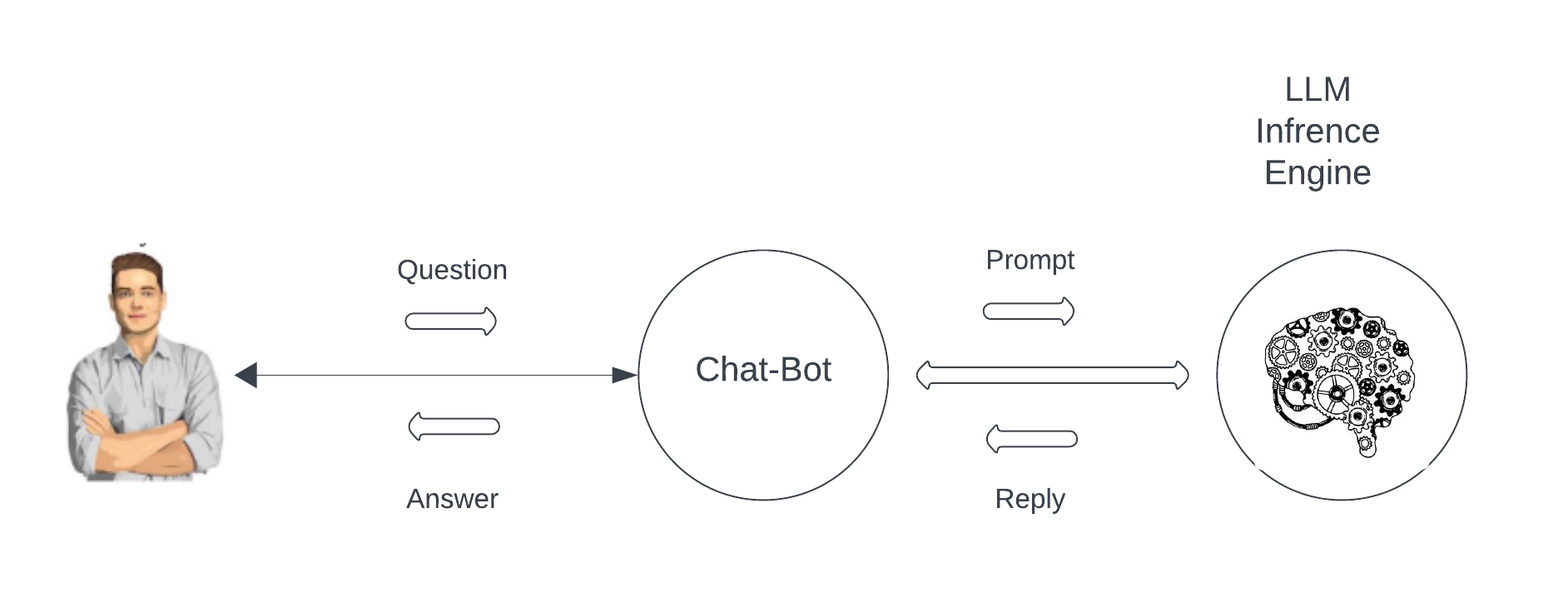



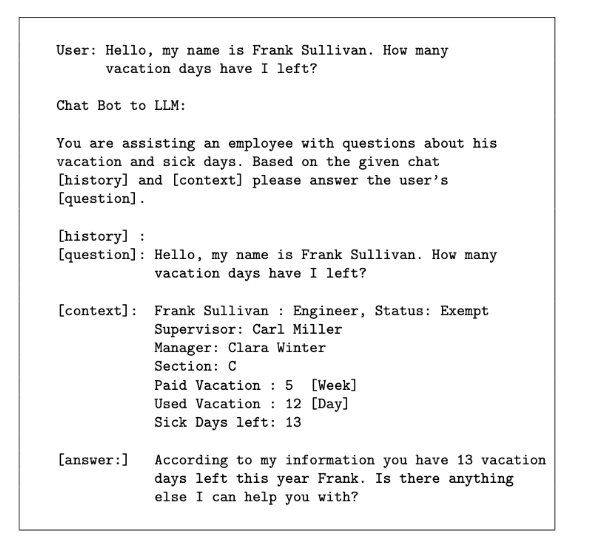

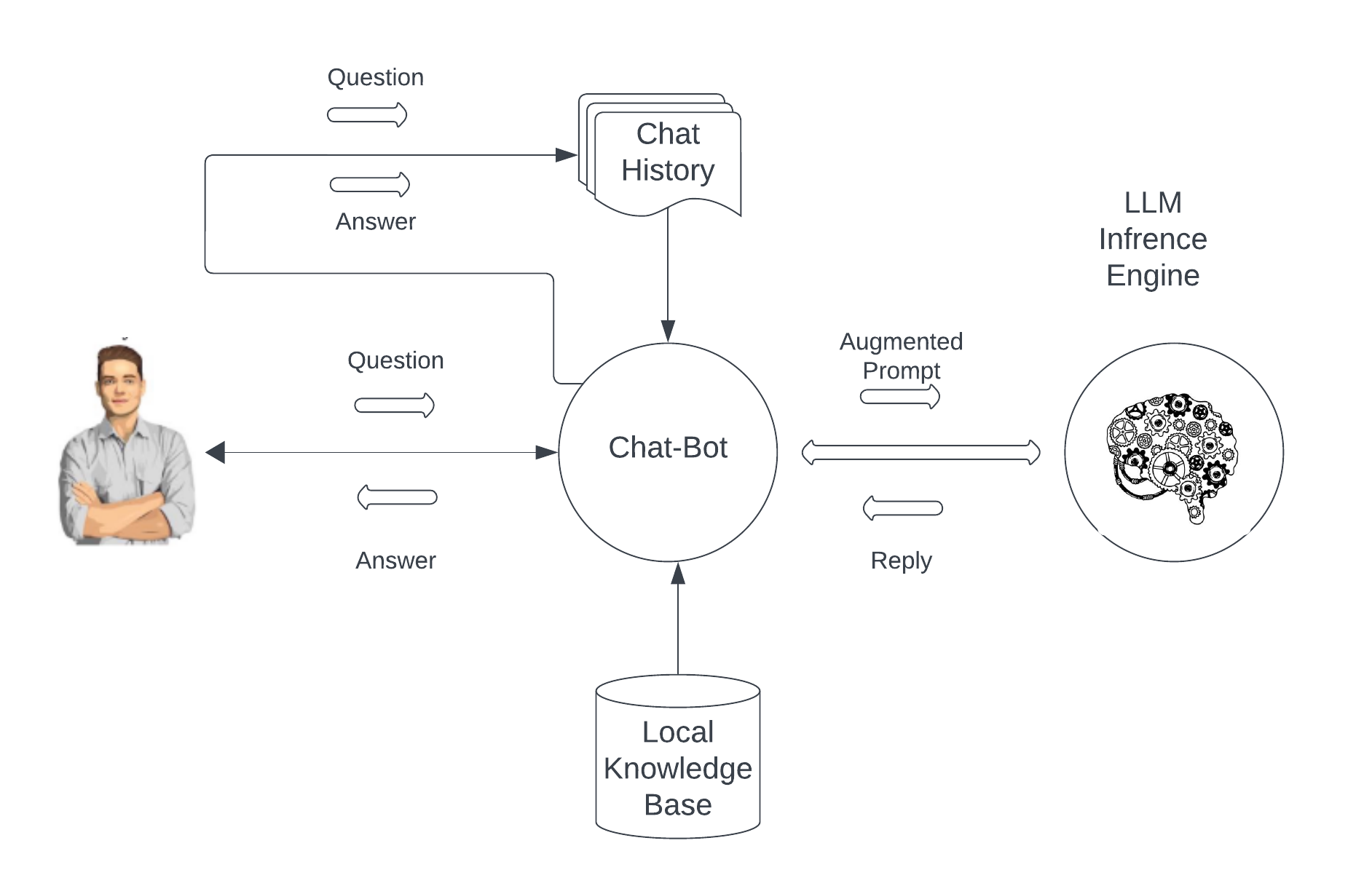







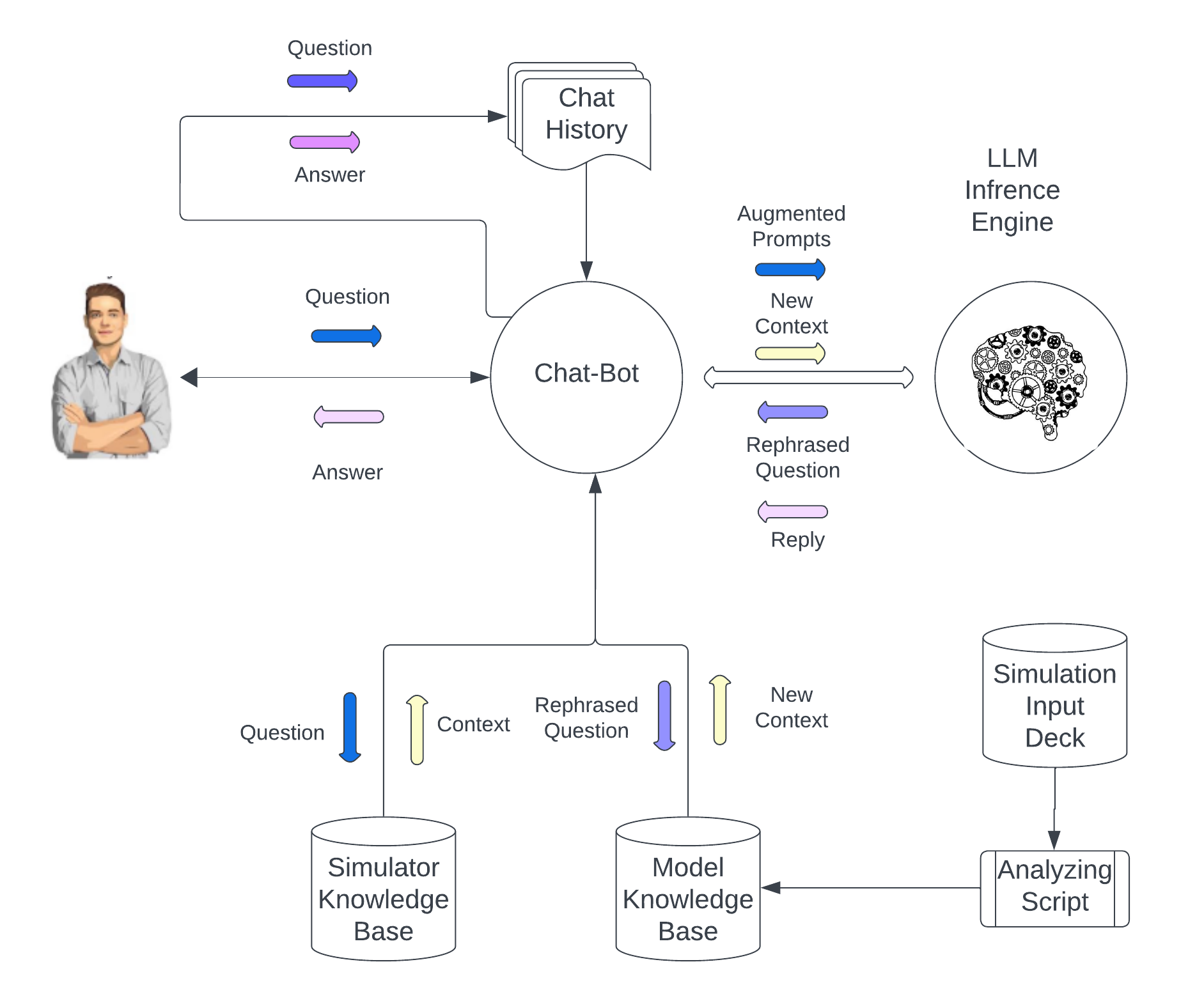

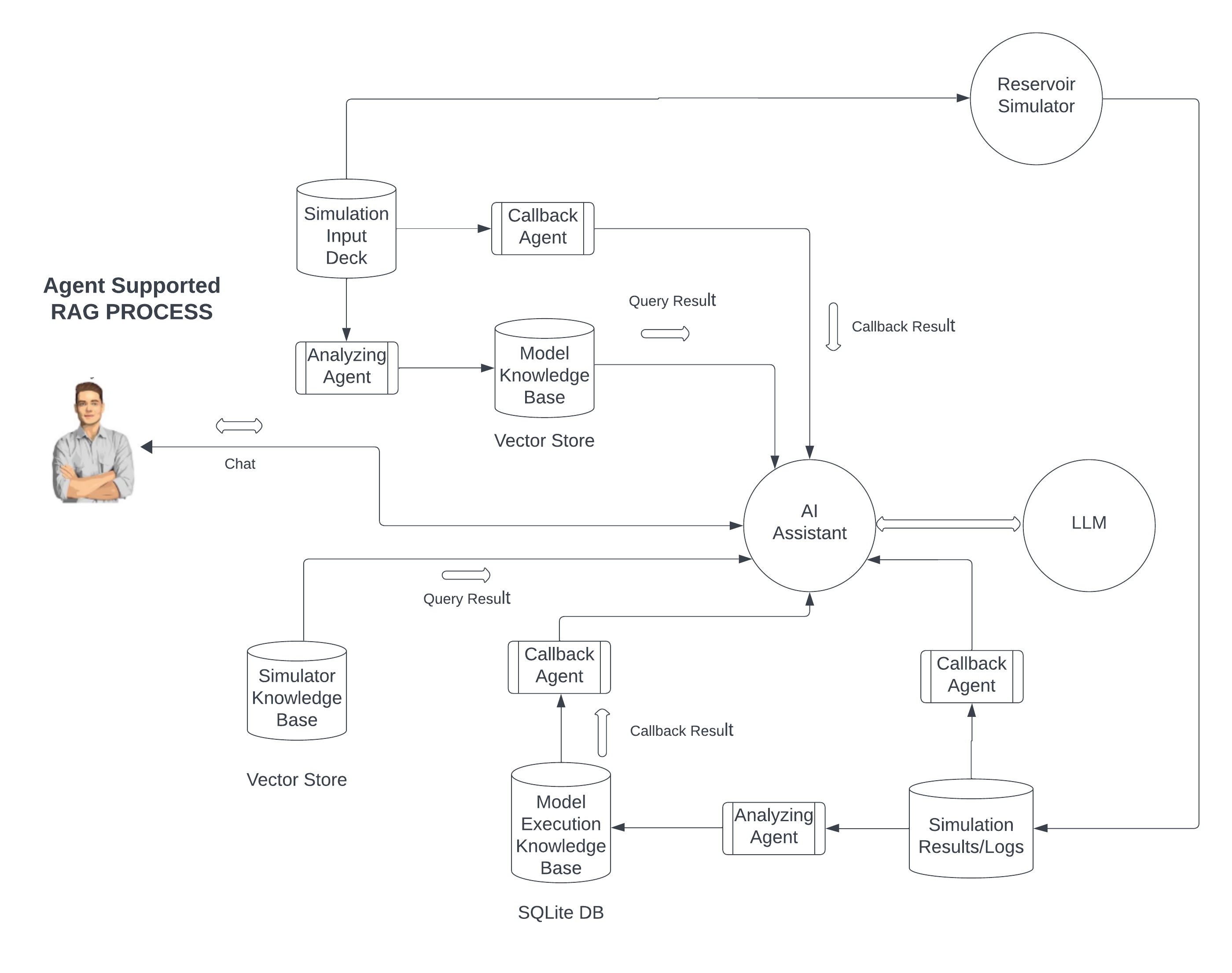




Klaus Wiegand
Klaus Wiegand is Senior Scientific Advisor at Stone Ridge Technology. Prior to joining SRT Klaus developed numerical reservoir simulation software at ExxonMobil where he spent 22 years. Klaus has a Masters degree in Computational and Applied Math from Rice University.

Karthik Mukundakrishnan
Dr. Mukundakrishnan is the Director of Research and Development at Stone Ridge Technology. Prior to joining Stone Ridge Technology, he was a R&D Technology Manager at Dassault Systemes Simulia (formerly ABAQUS Inc.). He has more than 15 years of experience working on HPC codes and published extensively in the areas of fluid dynamics, multiphysics coupling, and reservoir simulation. Dr. Mukundakrishnan obtained his M.S. and Ph.D. in Mechanical Engineering and Applied Mechanics from the University of Pennsylvania.

Mahmoud Bedewi
Mahmoud Bedewi is a Reservoir Engineer at Stone Ridge Technology with 18 years of experience in the Oil & Gas industry mainly in Reservoir Simulation including advising major IOCs and NOCs around the globe, Mahmoud has a MSc Degree with distinction from Heriot Watt University in the United Kingdom

Dan Kahn
Dan specializes in HPC at AWS Energy with a focus on spearheading digital transformation initiatives for global energy companies. With two decades of experience innovating in subsurface property studies, Dan's expertise spans across multiple sectors from geophysics to performance computing. Holding a Ph.D. from Duke University, Dan combines academic rigor with practical innovation to drive impactful change in the HPC domain.

Dmitriy Tishechkin
Dmitriy Tishechkin is Partner Technical Lead for Energy at AWS. He leads Energy digital transition efforts by enabling software vendors with latest cloud technologies. Dmitriy effectively combines domain, business, and technology knowledge and experience to accelerate Energy workflows and deliver value to customers
Vidya Ananthan
Vidyasagar specializes in high performance computing, numerical simulations, optimization techniques and software development across industrial and academic environments. At AWS, Vidyasagar is a Senior Solutions Architect developing predictive models, generative AI and simulation technologies. Vidyasagar has a PhD from the California Institute of Technology.